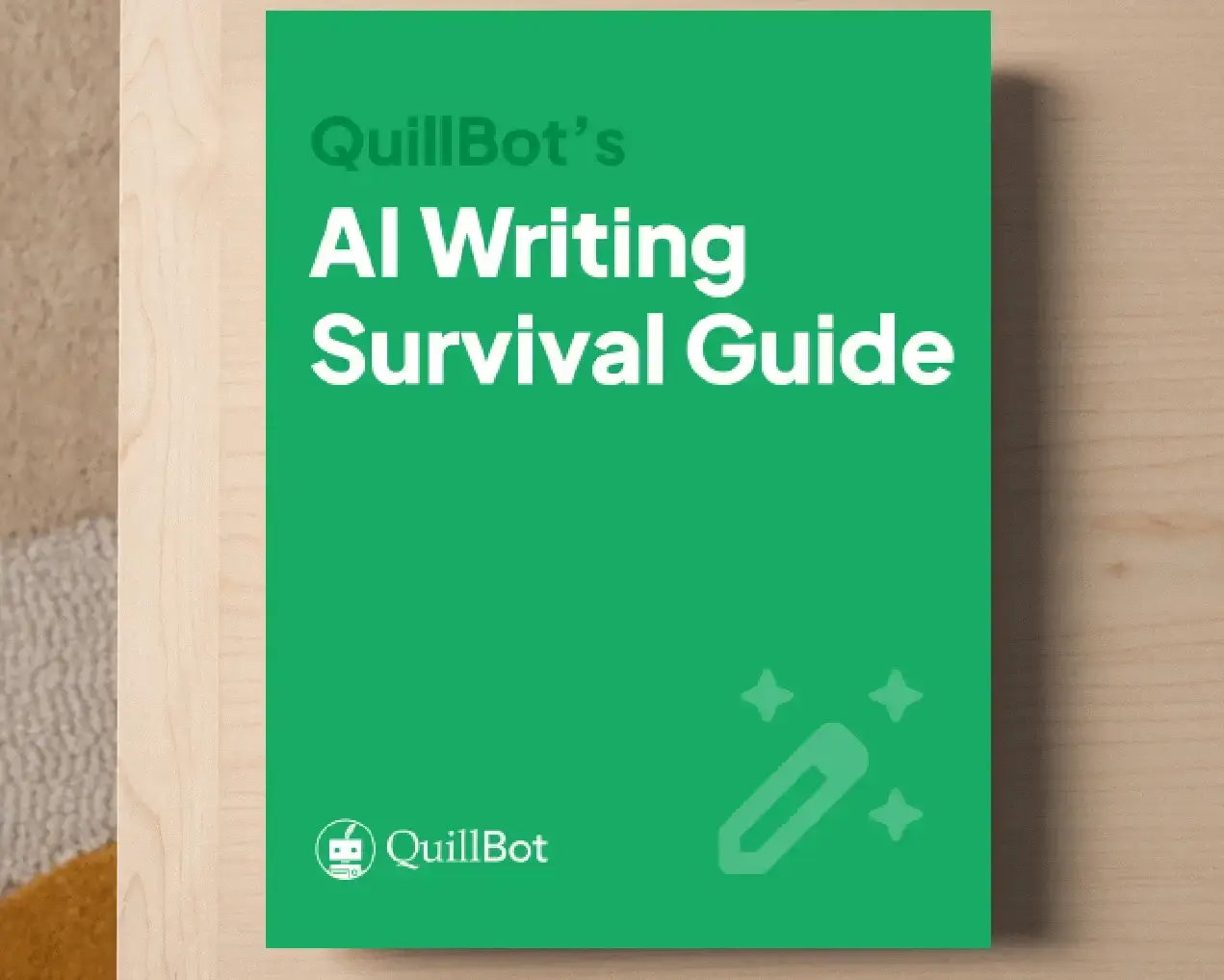Self-Fulfilling Prophecy | Examples & Definition
A self-fulfilling prophecy describes a set of circumstances where a person’s belief about a future situation contributes to that belief coming true. It is more likely to be a negative belief or outcome. The explanation for the phenomenon is that our expectations unconsciously affect our behavior.
As a result, the photos are awkward and don’t come up to the standard you would like. Your beliefs about your abilities have caused you to underperform, and what you feared would come true, has.
A self-fulfilling prophecy is not necessarily a negative thing, and it can be positive. Self-fulfilling prophecies can be found in all manner of contexts, such as business, healthcare, or education.
What is a self-fulfilling prophecy?
When something happens at least partly because you expected it to, that is a self-fulfilling prophecy. Our expectations or beliefs (whether they are true or false) influence the way we behave to such an extent that they help to bring about the result we had predicted. This can be true of both positive and negative outcomes.
A young musician, brimming with confidence and a belief that their time has come, is able to walk out fearlessly onto the stage of their biggest gig so far. That confidence imbues their playing and singing with power and allows their skill to show. They believed the concert would be a success, and that belief helped the result to be a self-fulfilling prophecy.
Self-fulfilling prophecies can happen with individuals and groups. For example, the members of a sports team that is not meeting its potential can start to doubt their abilities. If the team members start to expect things to go wrong in the game, that can negatively influence their playing and result in poor performance.
The two types of self-fulfilling prophecy
Self-fulfilling prophecies come in two forms:
Self-imposed prophecies
A self-imposed prophecy is when our own beliefs about our abilities have an impact on our behavior. These can be positive or negative, motivational or limiting.
In a randomized double-blind trial, neither the patients nor the researchers know what each patient has received. This is because it has been shown that believing the medicine will help actually produces improvement. As a result, the control group very often experiences an improvement, because they believe they might be receiving the treatment. This is the placebo effect. It is why experimental design is such an important part of research.
For the treatment to be shown to be effective, the subjects will need to demonstrate improvement that is greater than that shown by the control group.
Other-imposed prophecies
An other-imposed self-fulfilling prophecy is one where we respond to the expectations or beliefs of other people. Parents who believe their child is clumsy will treat them in a way that communicates this to the child, and this will increase their likelihood of being clumsy.
The original study by Rosenthal and Jacobson that named the effect had provided teachers with information about some of their students, identifying some as “bloomers” (e.g., students with high potential). At the end of the study, it was found that the bloomers had improved their IQ scores to greater extent than the non-bloomers.
The teachers were then told that the students had, in fact, been chosen at random, and this led the researchers to attribute the improvement to the influence of the teachers’ high expectations on how they treated the students.
The Pygmalion effect demonstrates that the expectations we have of others can unconsciously influence the way we treat them and, as a result, the progress they make. It is a form of unconscious bias.
How does a self-fulfilling prophecy work?
A self-fulfilling prophecy follows a circular path with four elements:
- The process starts with an opinion we form about a future event or current situation. It may be about other people (e.g., “my teacher thinks I’m stupid”) or about ourselves (e.g., “I know I’m going to forget my lines during the performance”).
- This belief affects our performance (e.g., increased anxiety makes forgetting the lines more likely) or our behavior with others (e.g., being uninspired to work hard for a teacher who we believe doesn’t think much of our abilities). We might not even realize the link between our behavior and our beliefs.
- Our behavior or performance affects how others see us (e.g., the teacher sees that we don’t perform well in class) and how we see ourselves (e.g., we do indeed forget our lines).
- This confirms our belief, and, as the cycle repeats, its underlying opinions have been reinforced.
Self-fulfilling prophecy example
Self-fulfilling prophecies can have unintended consequences in various contexts.
Because Ben doubts his commitment, he starts to find excuses not to use the membership properly. It starts with cutting short his routines on the weight machines and progresses to missing sessions completely.
Ben’s attendance falls off, and eventually he stops going. The whole experience not only confirms his suspicion that he wouldn’t have the willpower to persist, but also causes shame due to the money he has wasted.
Frequently asked questions about self-fulfilling prophecy
- What is the best way to avoid a self-fulfilling prophecy?
-
Like all cognitive biases, self-fulfilling prophecies can be hard to avoid, especially because they operate at the unconscious level. There are some steps, however, that can help you avoid them:
- Recognize self-fulfilling prophecies in your thoughts. It is worth taking time to analyze your thought patterns and the negative thoughts and beliefs you hold about yourself. Recognizing them allows you to take steps to alter them.
- Rephrase and reframe your language. Damning yourself with absolute negative thoughts like “I can’t” or “never” feeds into negative self-fulfilling prophecies. Instead, use positive phrases (e.g., “I will try,” “I’ll give it a go”).
- Change your mindset to a growth mindset. Recognize that your abilities and talents are not fixed in time, but can all improve. Celebrate each positive step you make to help create positive self-fulfilling prophecies.
- What is the observer-expectancy effect?
-
The observer-expectancy effect is a cognitive bias referring to the tendency of researchers inadvertently influencing their study participants. It can contain elements of the Pygmalion effect as well as the halo or horn effects. It is also related to the idea of self-fulfilling prophecies, which can have either a positive or negative impact.
This is one of the reasons that experimental design is so important in the crafting of a research proposal, to reduce the risk that this effect will color the eventual results.
Cite this Quillbot article
We encourage the use of reliable sources in all types of writing. You can copy and paste the citation or click the "Cite this article" button to automatically add it to our free Citation Generator.
Marshall, T. (2024, November 11). Self-Fulfilling Prophecy | Examples & Definition. Quillbot. Retrieved October 27, 2025, from https://quillbot.com/blog/bias/self-fulfilling-prophecy/


